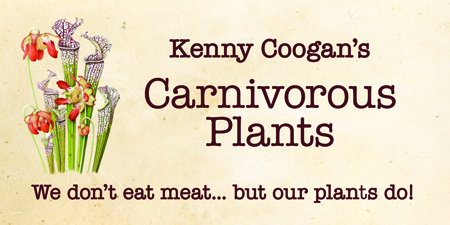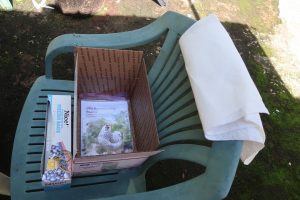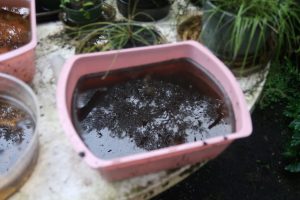As my at-home-hobby grows, I am finding like minded people not just in my town but all over the US. I am now branching out and selling or trading to carnivorous plant collectors in different states. Which brought me to the question: how to ship carnivorous plants? With over 650 species of carnivorous plants throughout the world, there are many genera to consider while shipping.
How to ship carnivorous plants: Sarracenia
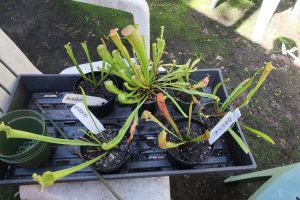 After a shipment has been ordered, gather the sold plants, your Priority Mail Flat Rate® packaging for the USPS, paper towels, long-fiber sphagnum moss, rubber bands, scissors, zip lock bags and labels.
After a shipment has been ordered, gather the sold plants, your Priority Mail Flat Rate® packaging for the USPS, paper towels, long-fiber sphagnum moss, rubber bands, scissors, zip lock bags and labels.
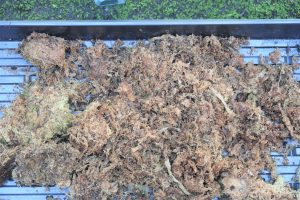
- Dampen the long-fiber sphagnum moss with distilled water.
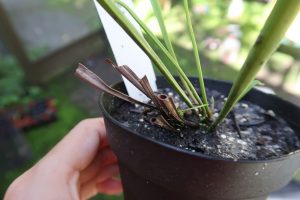
Since the plants will be moist and dark for a few days, trim off dead leaves and pitchers to reduce the probability of fungus and rotting.
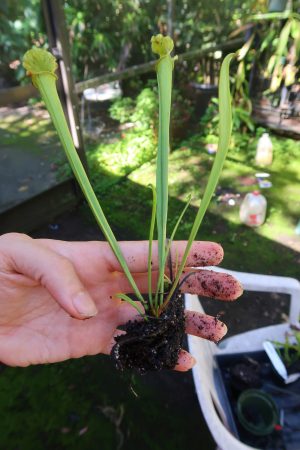
Uproot and gently separate the carnivorous plant potting soil from the roots. Although Flat Rate boxes are indeed Flat Rate and not dependent on weight, ditching the soil will allow you to ensure the plant’s roots can reach the wet paper towel. At this time examine the roots and rhizomes for health and pests. Limiting the amount of soil allows you to safely pack the box as well.

Once all or most of the soil is removed, wrap the roots in the damp sphagnum moss.
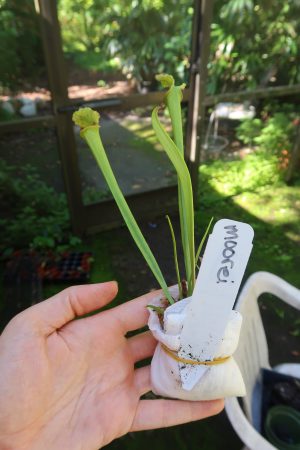 Using a spray bottle dampen a towel with distilled water. Wrap the towel around the sphagnum mass that contains the roots. Then clearly label your merch – your customers will be thankful.
Using a spray bottle dampen a towel with distilled water. Wrap the towel around the sphagnum mass that contains the roots. Then clearly label your merch – your customers will be thankful.
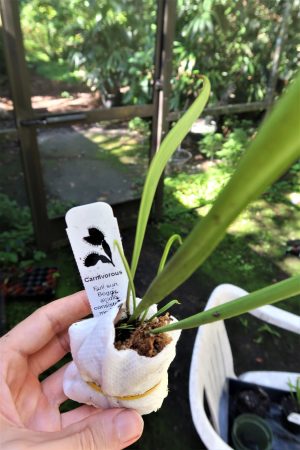
This recipient is going to receive my book “99 1/2 Homesteading Poems: A Backyard Guide to Raising Creatures, Growing Opportunity, and Cultivating Community” in addition to some really cool carnivores.
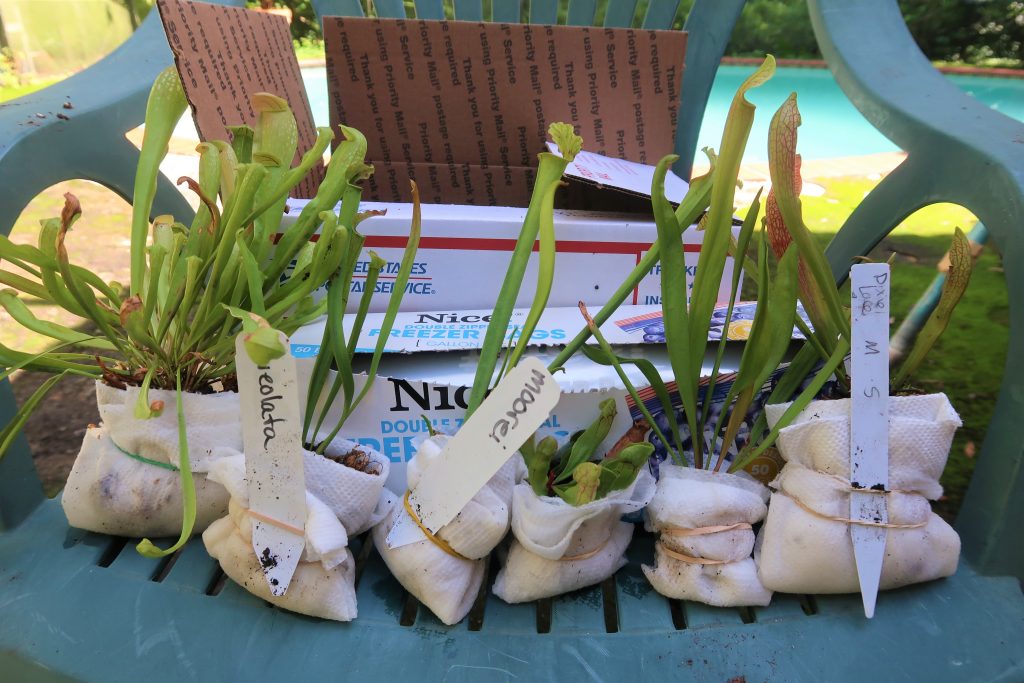 Size up your wrapped plants and place them in zip lock bags. Squeeze the air out to reduce the chance of them jostling around shipping.
Size up your wrapped plants and place them in zip lock bags. Squeeze the air out to reduce the chance of them jostling around shipping.
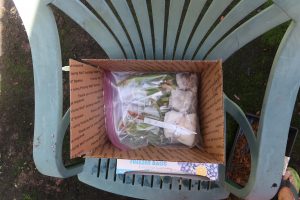
Carefully layer them in the box.

Add shredded paper or crumbled newspaper to help cushion the box.
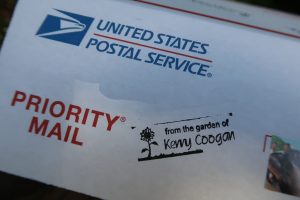
- A custom stamp adds personality to your shipment and promotes brand awareness. Just think of all those mail carriers (and automated machines) that will see it!
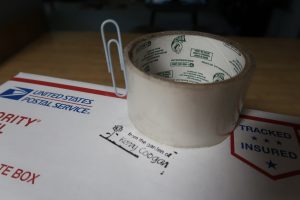
- Have trouble finding the end of your packing tape? Stick a paperclip to create easy handling.
How to ship carnivorous plants: Drosera

These Droseras and a Pinguicula are in 2″ pots, being watered by the tray method. Their cultivars or species are written on what will turn into their shipping lid container when sold.

How to ship carnivorous plants: Utricularia
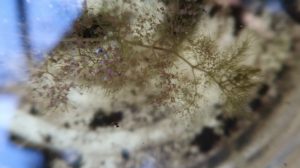 U. inflata in its home prior to shipment.
U. inflata in its home prior to shipment.
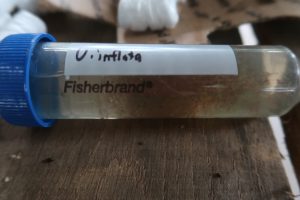 Place Utricularia in a sealed centrifuge tube with distilled water.
Place Utricularia in a sealed centrifuge tube with distilled water.
 Utricularia gibba in sealed centrifuge tube of distilled water, not habitat water, awaiting shipment.
Utricularia gibba in sealed centrifuge tube of distilled water, not habitat water, awaiting shipment.
How to ship carnivorous plants: Pinguicula
Similarly to Drosera, I remove as much soil from Pings as possible and place them in a small plastic container for shipping.
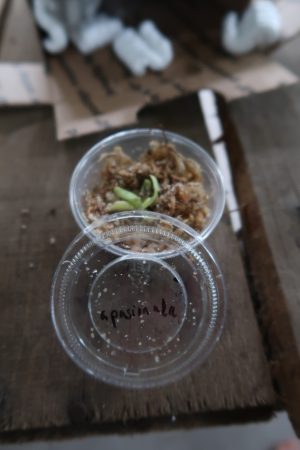 Pinguicula apasionada (gigantea alba x moctezumae) in it’s shipping container, which you can find for free at a take out restaurant!
Pinguicula apasionada (gigantea alba x moctezumae) in it’s shipping container, which you can find for free at a take out restaurant!
How to ship carnivorous plants: Aldrovanda vesiculosa
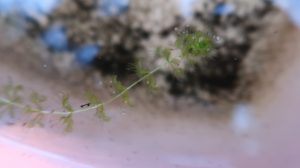 My Adrovanda vesiculosa live in small tubs of brown water that contains about 1/4 cup peat to 1 gallon of water. When sold a fragment is removed and placed in a sealed tube with distilled water.
My Adrovanda vesiculosa live in small tubs of brown water that contains about 1/4 cup peat to 1 gallon of water. When sold a fragment is removed and placed in a sealed tube with distilled water.
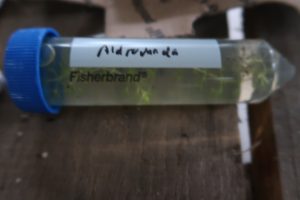 Aldrovanda vesiculosa segment in a sealed centrifuge tube.
Aldrovanda vesiculosa segment in a sealed centrifuge tube.
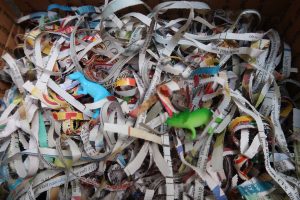 Once packed, I add a little something on top as it’s always nice to get a little something extra in a package!
Once packed, I add a little something on top as it’s always nice to get a little something extra in a package!
To learn more about how to care for carnivorous plants, check out my article.
For the quick version, watch my TED Ed talk: The Wild World of Carnivorous Plants.
